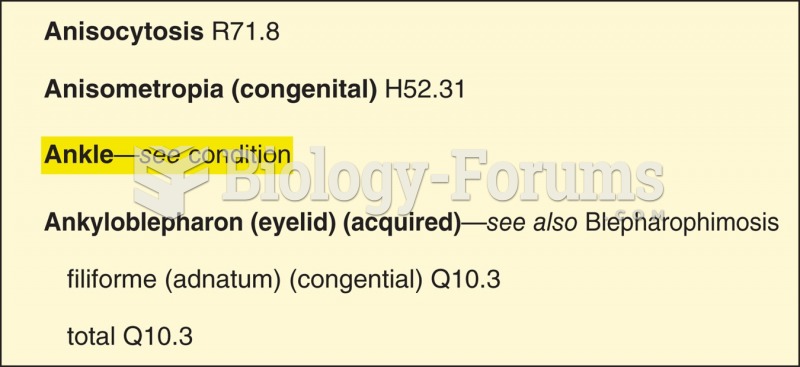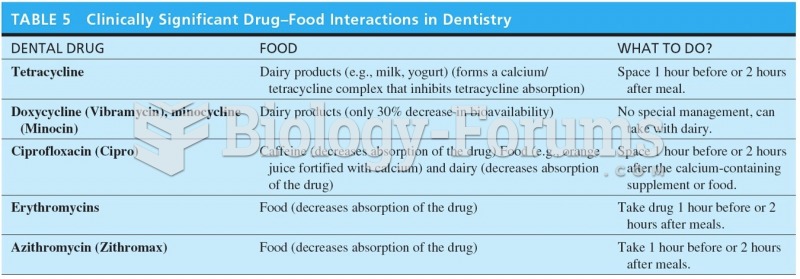This topic contains a solution. Click here to go to the answer
|
|
|
Did you know?
Approximately one in three babies in the United States is now delivered by cesarean section. The number of cesarean sections in the United States has risen 46% since 1996.
Did you know?
Certain rare plants containing cyanide include apricot pits and a type of potato called cassava. Fortunately, only chronic or massive ingestion of any of these plants can lead to serious poisoning.
Did you know?
There are more nerve cells in one human brain than there are stars in the Milky Way.
Did you know?
More than 4.4billion prescriptions were dispensed within the United States in 2016.
Did you know?
Eat fiber! A diet high in fiber can help lower cholesterol levels by as much as 10%.







